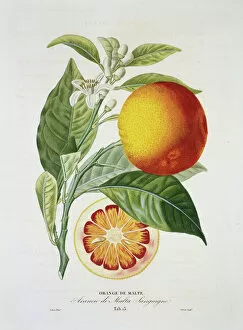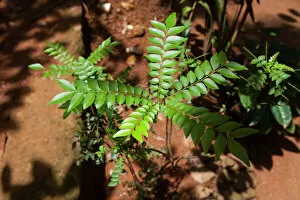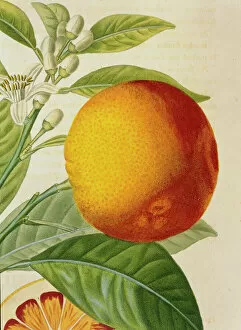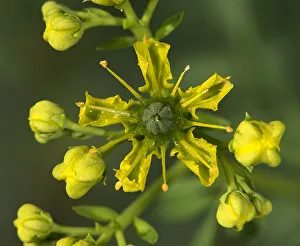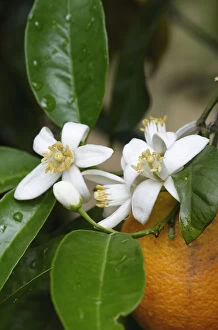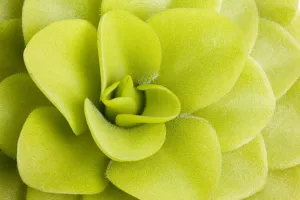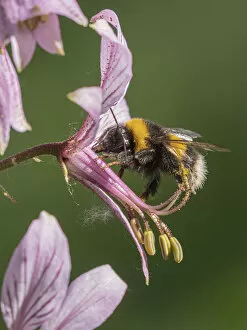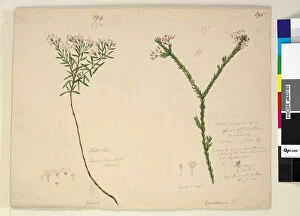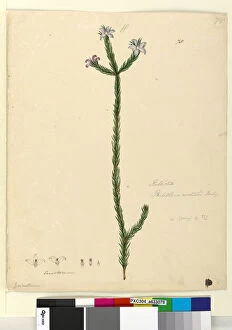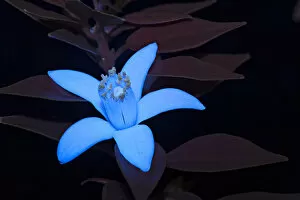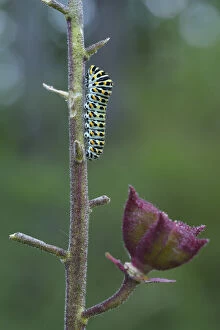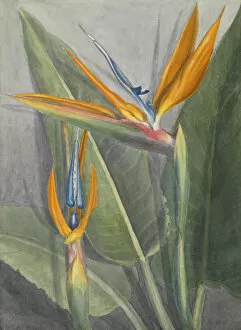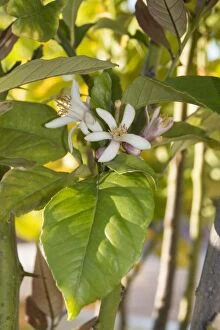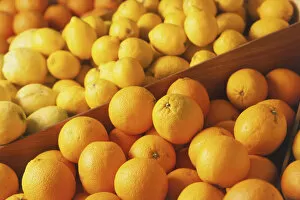Rutaceae Collection
Rutaceae, also known as the rue family, is a diverse group of plants that includes some of our favorite citrus fruits and aromatic herbs
All Professionally Made to Order for Quick Shipping
Rutaceae, also known as the rue family, is a diverse group of plants that includes some of our favorite citrus fruits and aromatic herbs. From the sweet orange (Citrus sinensis) to the tangy grapefruit (Cirtus paradisi), this family offers a wide range of flavors and scents. In Sri Lanka, curry leaves are an essential ingredient in many dishes, adding their distinct aroma and flavor. Meanwhile, the lime (Citrus medica) brings its zesty freshness to countless recipes around the world. And let's not forget about lemon balm (Melissa officinalis), which infuses teas and desserts with its delightful lemony taste. For those seeking unique varieties, there's the Maltese blood orange called Orange de Malte – a vibrant fruit that adds a pop of color to any dish or drink. The white correa (Correa alba) showcases delicate flowers that brighten up gardens with their beauty. The Common rue flower (Ruta graveolens), cultivated in Surrey, England, UK, boasts small yellow blooms that add charm to herb gardens. In Crete, Greece, April 2009 witnessed stunning displays of orange tree flowers and fruit from Citrus sinensis trees – truly a sight for sore eyes. Nature never ceases to amaze us; even insectivorous plants like Butterwort (Pinguicula gigantea) captivate our attention with their sticky leaves designed to catch unsuspecting insects. Lastly but certainly not leastly are the captivating orange tree flowers themselves - these blossoms on cultivated plants emit an enchanting fragrance that fills the air with sweetness. With such diversity within Rutaceae family members like Citrus sinensis or Curry leaves from Sri Lanka or even Grapefruits like Cirtus paradisi - it's no wonder they have become beloved ingredients worldwide.

